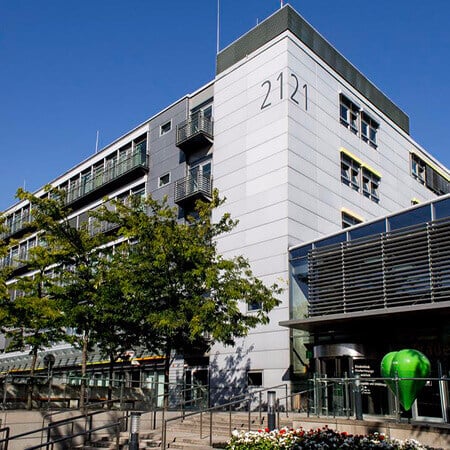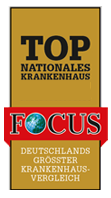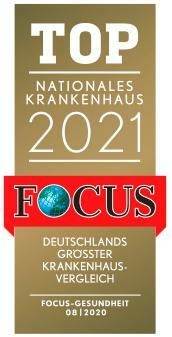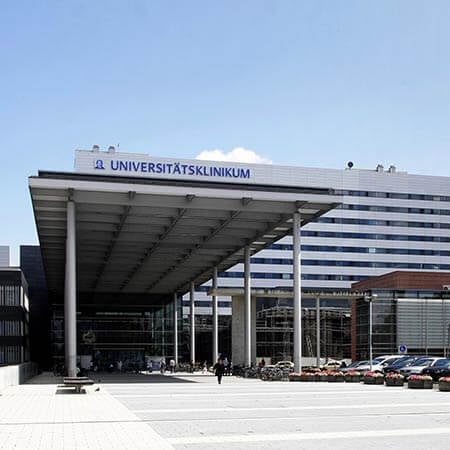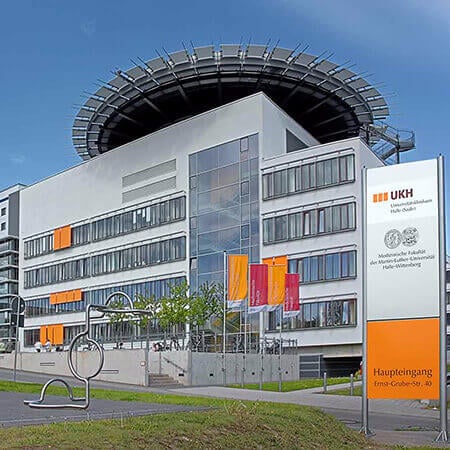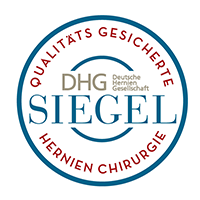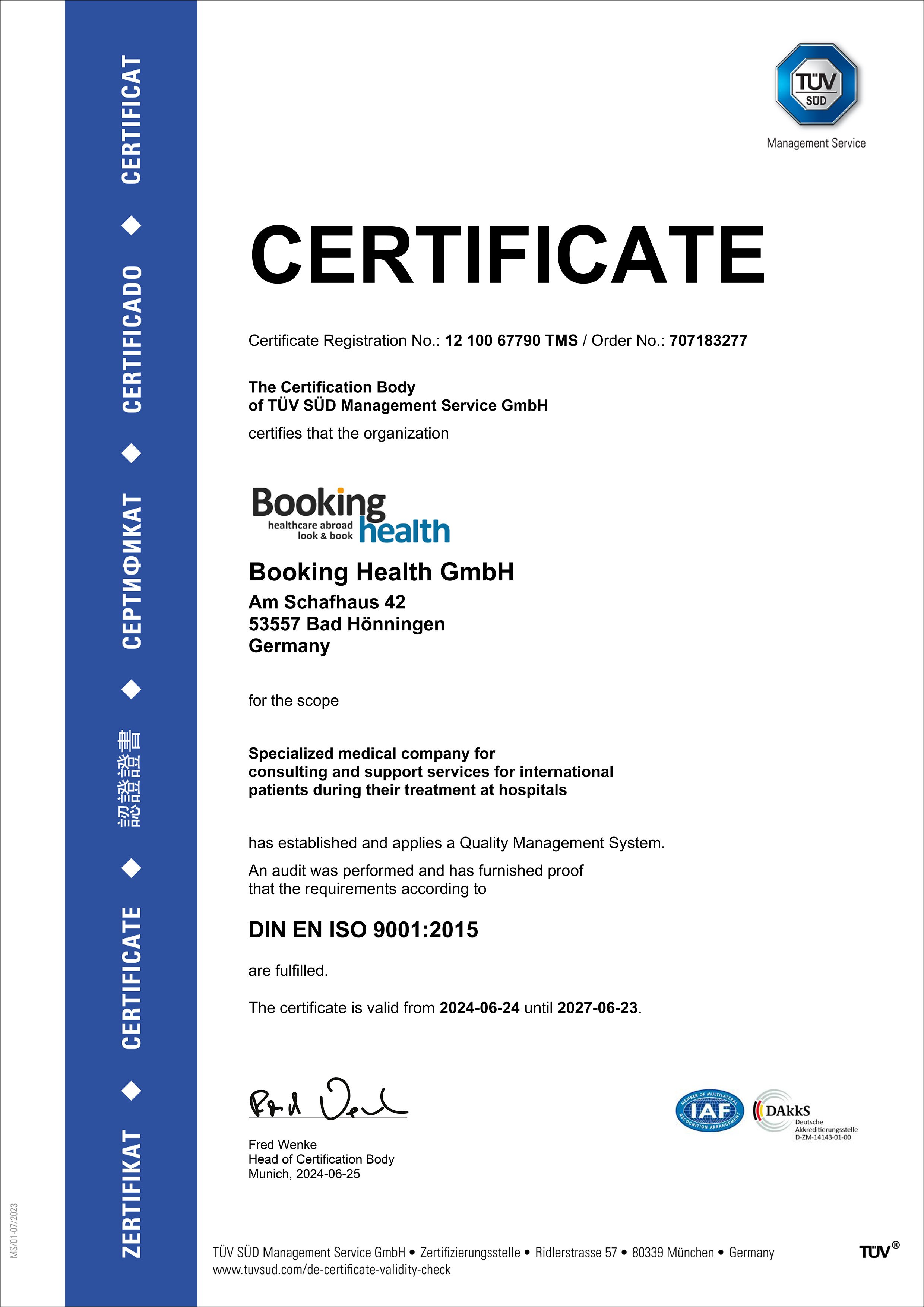An abdominal aortic aneurysm is a local enlargement of this vessel by 50% or more, or 3 cm or more. The risk of developing the disease increases with age, since atherosclerosis and arterial hypertension are its main causes. Approximately 5% of men and 1.7% of women over 65 have an abdominal aortic aneurysm. If left untreated, it can rupture, and this complication is highly likely to be fatal. To avoid complications, it is worth treating the condition in a timely manner, even if you do not have any symptoms. In Germany, you can cure your aneurysm once and for all. In most cases, doctors perform minimally invasive endovascular procedures instead of traumatic open surgeries.
Content
- Diagnostics
- Principles of treatment
- How is endovascular treatment performed?
- How is open surgical repair performed?
To treat an aortic aneurysm, most patients undergo an endovascular repair with a stent graft (a tube placed inside the aorta). The specialists rarely resort to open surgery.
You can undergo your treatment in one of the following hospitals: University Hospital of Ludwig Maximilian University of Munich, Charite University Hospital Berlin, or University Hospital Saarland Homburg.
Please contact the Booking Health company and we will fully arrange your trip. We will select a clinic and a doctor for you, recommend the best treatment method for you, help you to apply for a visa and get to the clinic, translate documents and medical records into German, provide interpreting services, and advise on any other issues.
Diagnostics
Ultrasound scanning is the main diagnostic method used for aortic aneurysm screening, which is identifying the disease in asymptomatic populations, as well as monitoring patients who do not yet require any treatment. An ultrasound examination is quite accurate. The only drawback to this method is that there could be an error in determining the size of an aneurysm (the average mistake is ±2 mm). The accuracy decreases as the aortic diameter increases.
Computed tomography is highly accurate and is used to plan the operation. The specialized centers in Germany carry out this examination with an angiography: with intravenous contrast enhancement. A CT scan is performed with a 3D reconstruction, which eliminates the overestimation of the diameter in a case of vascular tortuosity. The accurate measurement and assessment of the aortic structure is especially important when planning an endovascular repair with a stent graft.
An MRI scan is used less often. In terms of information content, the procedure is comparable to the CT scan, but does emit radiation and does not require the injection of an iodine-containing contrast media. It is suitable for people with an allergy to contrast agents and patients with kidney failure. However, MRI scanning is worse than CT scans at showing the calcified plaques in the aortic lumen.
Principles of treatment
According to European recommendations, surgical treatment can be performed in the following cases:
- on an aneurysm with a diameter of more than 5.5 cm in men and more than 5 cm in women;
- on an aneurysm with a growth rate of 1 cm per year or more, regardless of its diameter.
The types of surgical approach options are:
- an endovascular aneurysm repair (EVAR);
- an open surgical repair (OSR).
Endovascular operations are considered to be preferable, as they are less traumatic and provide comparable therapeutic results.
The trials involving hundreds of thousands of patients have shown that:
- the mortality of patients within 30 days after the endovascular treatment is slightly more than 1%, which is three times lower than after open surgery;
- after an endovascular treatment, rehabilitation is faster, there is less blood loss, and the duration of the hospitalization period is shorter;
- the 10 year survival rate of patients using the two methods is the same.
However, open surgical repair also has its advantages. The main one is the lower risk of an aneurysm rupture and less chance of revision surgery. Some patients who have an endovascular intervention will require replacement of an abdominal aortic prosthesis in the future.
At the same time, the European guidelines specify the endovascular technique as the only treatment standard, if it is technically accessible. This suggests that this minimally invasive procedure has more advantages than disadvantages. The open prosthesis of the abdominal aorta can be performed in special cases: only in patients with a low surgical risk and a high life expectancy, as well as in complex aneurysms.
How is endovascular treatment performed?
The endovascular repair for an abdominal aortic aneurysm involves the insertion of a graft into the lumen of a blood vessel to remove the aneurysmal sac from the bloodstream.
The graft is delivered through the femoral arteries. Endovascular prosthetics are performed under X-ray guidance. The type and size of the prosthesis are selected individually, depending on the location of the aneurysm. Infrarenal aneurysms are more common. In one out of three patients, they spread to the iliac arteries. To eliminate such aneurysms, endovascular bifurcation prosthetics with modular systems are used. The stent grafts consist of three modules: a bifurcated main body, which is placed in the aorta, and two leg modules, which are placed in the iliac arteries.
How is open surgical repair performed?
An open approach is used significantly less often for the treatment of abdominal aortic aneurysm in Germany. This can be transabdominal (through the abdomen) or retroperitoneal (through an incision in the lower back). The transabdominal approach is more commonly used. The retroperitoneal method is only used in patients with extensive scarring and adhesions from previous surgical procedures or radiation.
When performing the operation, doctors clamp the aorta and place a graft (prosthesis). Straight tubular grafts are preferable to bifurcated grafts as they generate less blood loss and the operation is quicker.
To undergo treatment for your abdominal aortic aneurysm in one of the German hospitals, you are welcome to use the services of the Booking Health company. On our website you can see the cost of treatment and make an appointment at a favorable price. We will help you to find the best clinics in Germany and arrange your trip.
Authors:
The article was edited by medical experts, board certified doctors Dr. Vadim Zhiliuk and Dr. Sergey Pashchenko. For the treatment of the conditions referred to in the article, you must consult a doctor; the information in the article is not intended for self-medication!
Sources:
Centers for Disease Control and Prevention
MedicineNet
Sience Direct
